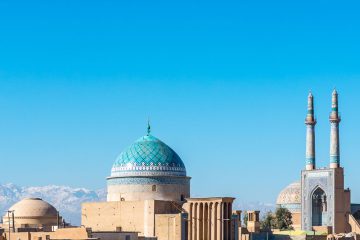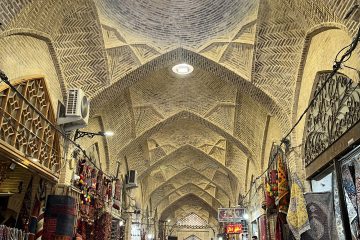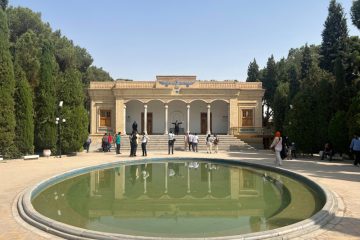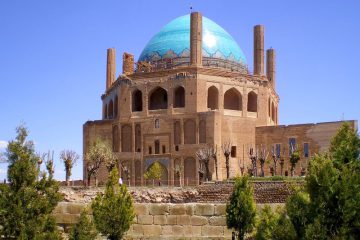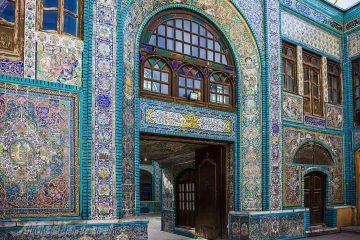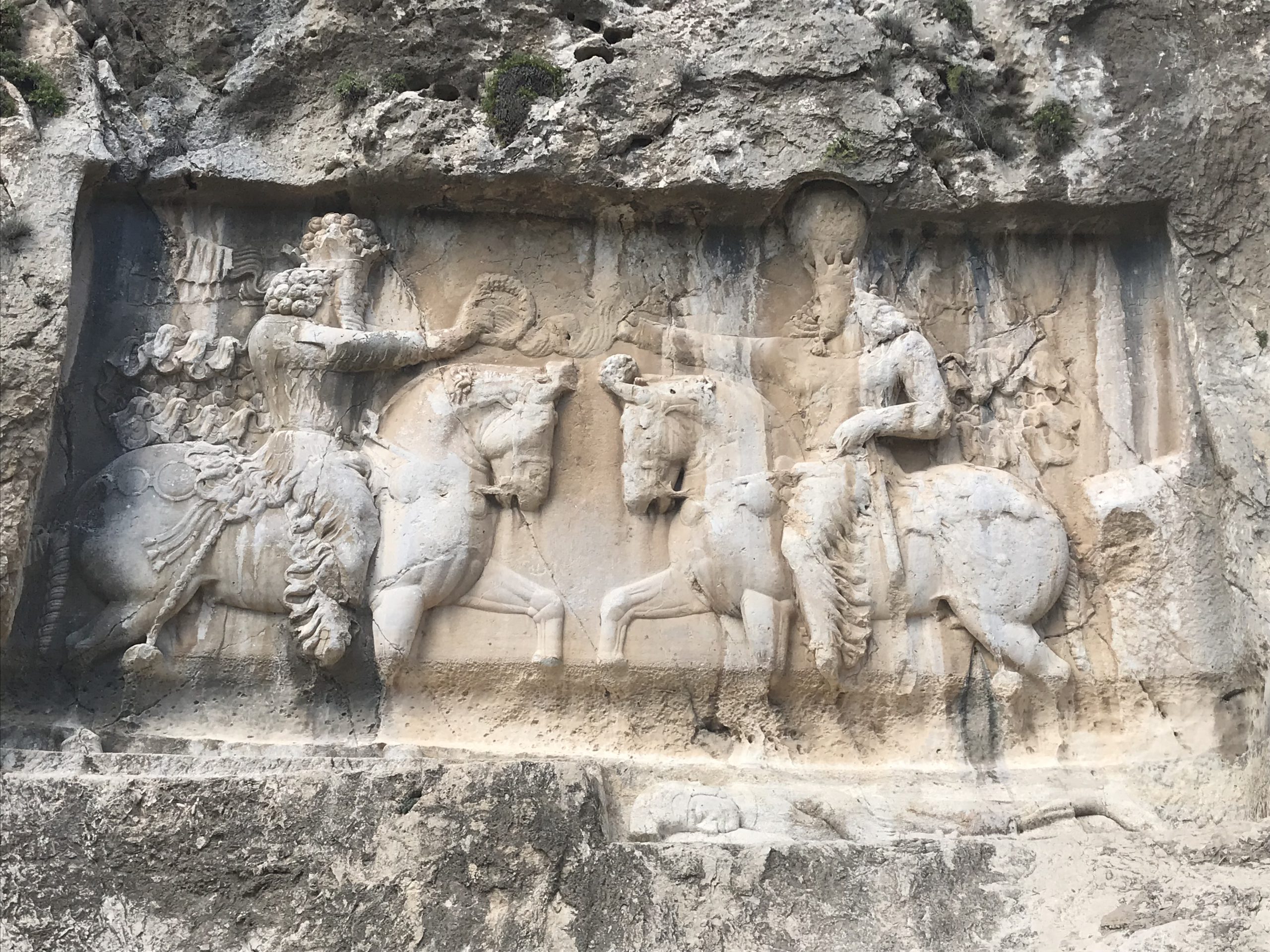
Tang-e Chowgan Kazerun – Iran
The ancient alley of Tang-e Chowgan sits 23 kilometers to Kazerun beside the ruins of the historical city of Bishapur and the Shapur River. It is a unique complex of Sassanid remains and carvings. This valley embraces a giant statue of Shapur I with a height of 6 meters in Shapur Cave 800 meters higher than the riverbed in addition to six relied figures of Shapur I, Bahram I and Bahram II. The relief figures of this valley are bigger and more elaborated than other Sassanid figures. Three figures have an area of more than 30 meters each bearing figures of more than 30 people. Only the relief figure of hunting scene of Khosrow Parviz in Taq Bustan is comparable with them.
Entering the Tang-e Chowgan valley from Bishapur, there are four relief figures on the north and left, and two others on the south and right. The first one depicts the celebration of Shapur I victory over Valerians. Shapur called Iran “The sun of the world and the only superpower of the world” in the presence of Valerian and his commanders and ordered to cut the figures of this victory on different mounts. Shapur I is depicted in the center of the figure on a horse. The corpse of Gordian is under the legs of Shapur’s horse and Valerians hands are held by Shapur as a sign of captivation. Philip is kneeling in front of Shapur’s horse asking for grace. There are five rows of Iranian commanders on horses behind Shapur.
In this part of Tang-e Chowgan Five rows of roman soldiers in front of the king are carrying tributes for Shapur. There are 115 figures in the scene that is unique among Iranian relief figure shows the victory of Bahram II over Bedouin Arabs. The third, and the most complete and beautiful Sassanid relief figure, depicts the ceremony of receiving Divine Glory (khvarenah) from Ahura Mazda by Bahram I. this figure is carved quite skillfully, so that all folds and movements of clothes and the proportions are shown beautifully. The figure even includes the anatomy of the horse and vessels on the horse legs.
Ganjali Khan Bathhouse
The fourth figure depicts the scene of Bahram II victory over his opponents. The fifth one that is on the right of the valley and is the best survived figure depicts Shapur’s victory over Romans, too. The sixth and last figure that is located beside the road and is the most damaged one depicts the ceremony of receiving Divine Glory from Ahura Mazda by Shapur I and his victory over Romans. The historical city of Bishapur situated 23 kilometers northwest of Kazerun on the bank of Shapur River and on the side of the Royal Road – which connected Persepolis to Shush in Achaemenid and Ctesiphon in Sassanid eras. Bishapur, as an important city of those times, has been prosperous until seventh century AH.

